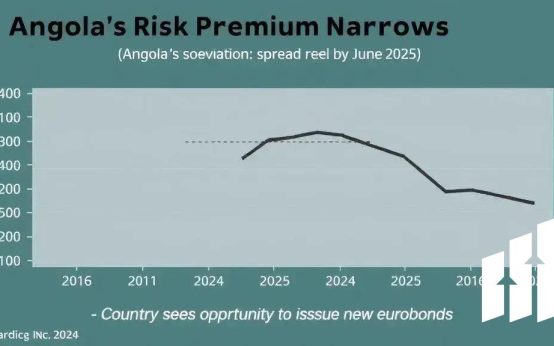Core inflation is a critical measure that excludes volatile items like food and energy, providing a clearer picture of long-term price trends. The Bank of Canada emphasizes this metric to inform monetary policy and economic decisions. Monitoring core inflation helps consumers anticipate price changes and allows businesses to adjust strategies effectively. Keeping an eye on core inflation can lead to better financial decision-making and a stronger understanding of economic health.
The Bank of Canada is focusing on core inflation insights to shape our understanding of the economy. Core inflation means the general level of prices for goods and services, excluding food and energy prices. This gives us a clearer picture of ongoing inflation trends.
Understanding Core Inflation
Core inflation helps investors, businesses, and policymakers assess the economy’s health. It shows what people can expect in their daily lives. When core inflation is stable, it’s a good sign for economic growth.
Why It’s Important
Paying attention to core inflation can help us make informed decisions. It helps the Bank of Canada adjust interest rates to keep the economy balanced. If inflation goes too high, the Bank might raise rates. If it’s too low, they could lower rates.
Current Trends
Recently, core inflation has been a hot topic. The Bank of Canada notices that higher costs in some areas may affect overall inflation. This grabs the attention of markets and economists alike.
The focus on core inflation signals a shift in how we view economic indicators. It emphasizes the need for a broader understanding of inflation in today’s changing economy. Keeping an eye on these trends can lead to better financial decisions.
Conclusion
In conclusion, understanding core inflation is important for everyone, from consumers to policymakers. The insights from the Bank of Canada highlight how core inflation can guide decisions and predict economic trends. By focusing on this key measure, we can better navigate today’s complex economic landscape.
Being aware of how core inflation impacts our finances helps us make smarter choices. It’s essential for staying informed about what to expect in the future. As we watch these trends, we can be more prepared for what’s to come. Ultimately, keeping an eye on core inflation can lead to better financial health for all of us.
FAQ – Frequently Asked Questions about Core Inflation Insights
What is core inflation?
Core inflation measures the long-term trend in prices by excluding volatile items like food and energy. It gives a clearer view of the overall inflation trend.
Why does the Bank of Canada focus on core inflation?
The Bank of Canada focuses on core inflation because it helps determine the appropriate monetary policy to ensure economic stability.
How can understanding core inflation help consumers?
By understanding core inflation, consumers can better anticipate changes in their purchasing power and make informed financial decisions.
What impact does core inflation have on interest rates?
If core inflation rises too high, the Bank of Canada may increase interest rates to curb spending and stabilize prices.
How is core inflation calculated?
Core inflation is calculated using a basket of goods and services with prices tracked over time, excluding items with significant price fluctuations, like food and energy.
Why should businesses monitor core inflation?
Businesses should monitor core inflation to understand economic trends, adjust pricing strategies, and make informed decisions regarding investments and hiring.


 Miran Highlights Dual Goals of Fed and Interest Rate Outlook
Miran Highlights Dual Goals of Fed and Interest Rate Outlook  Are You a Robot? Unusual Activity Detected on Bloomberg
Are You a Robot? Unusual Activity Detected on Bloomberg  Keir Starmer Leads Business Delegation to India for Trade Pact
Keir Starmer Leads Business Delegation to India for Trade Pact  Takaichi Appoints Ex-Finance Minister as Secretary General of LDP
Takaichi Appoints Ex-Finance Minister as Secretary General of LDP  Argentina Continues Dollar Sales Amid Weakened Peso Crisis
Argentina Continues Dollar Sales Amid Weakened Peso Crisis  White House Calls on Democrats to Resolve Ongoing Government Shutdown
White House Calls on Democrats to Resolve Ongoing Government Shutdown